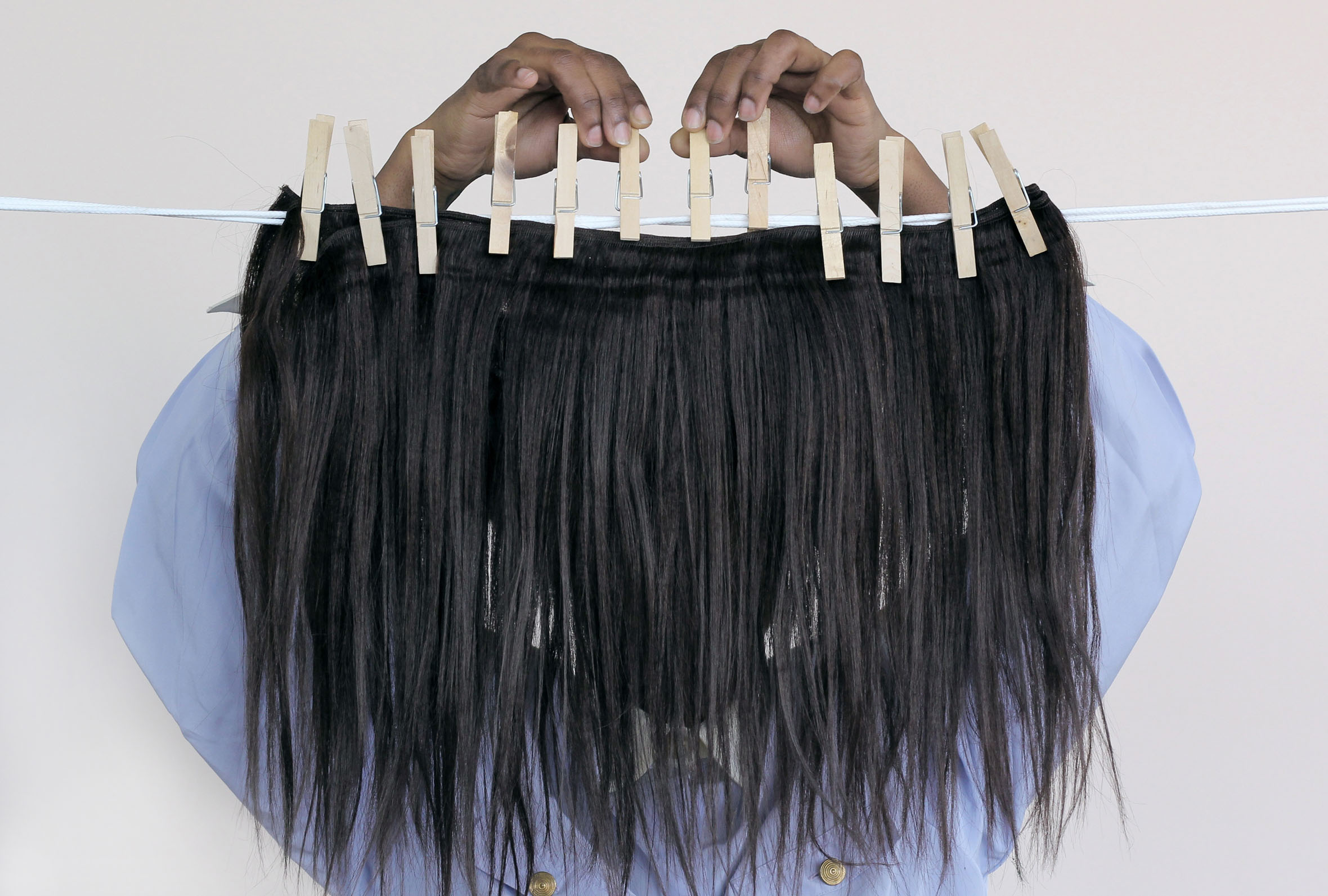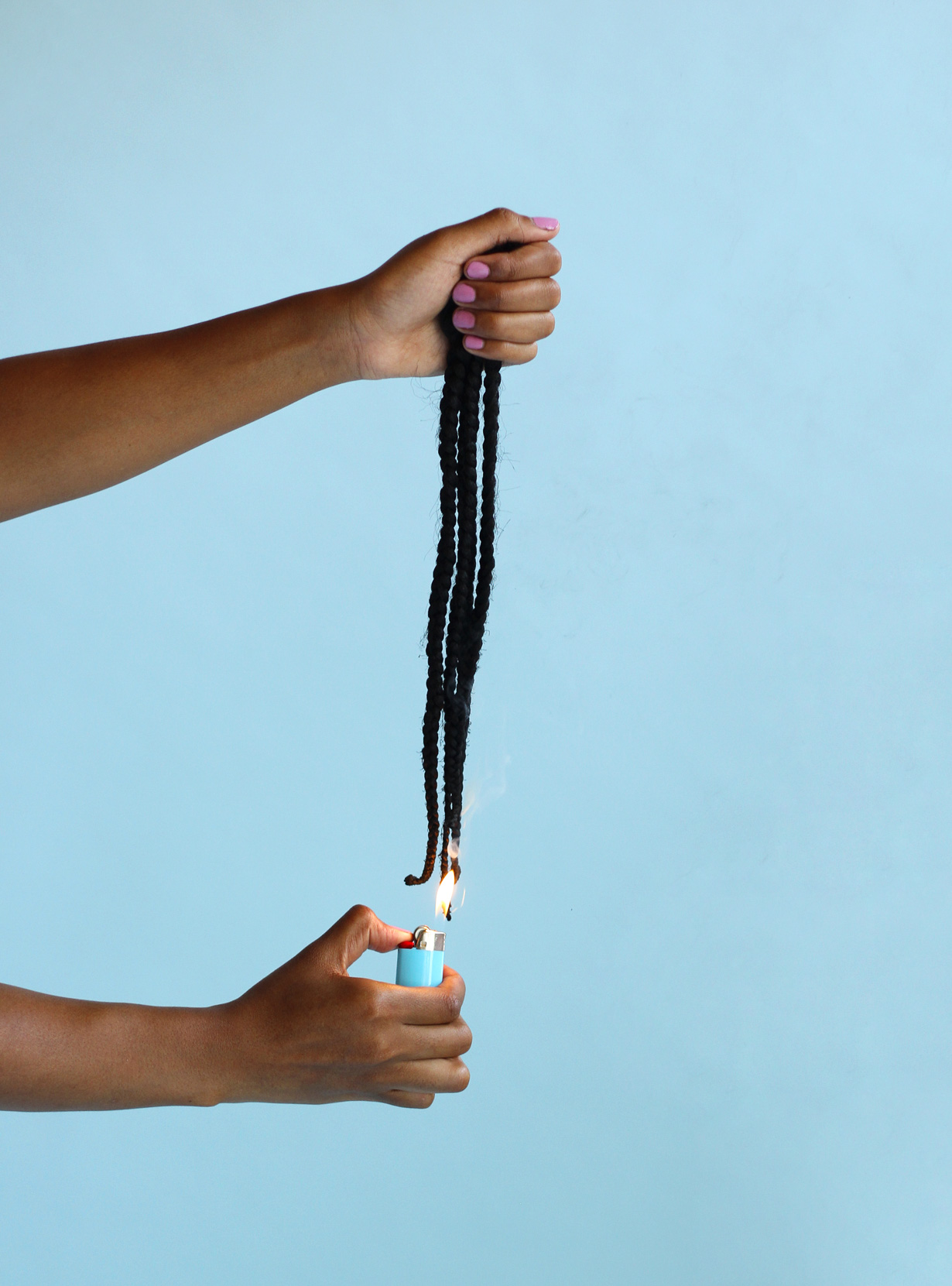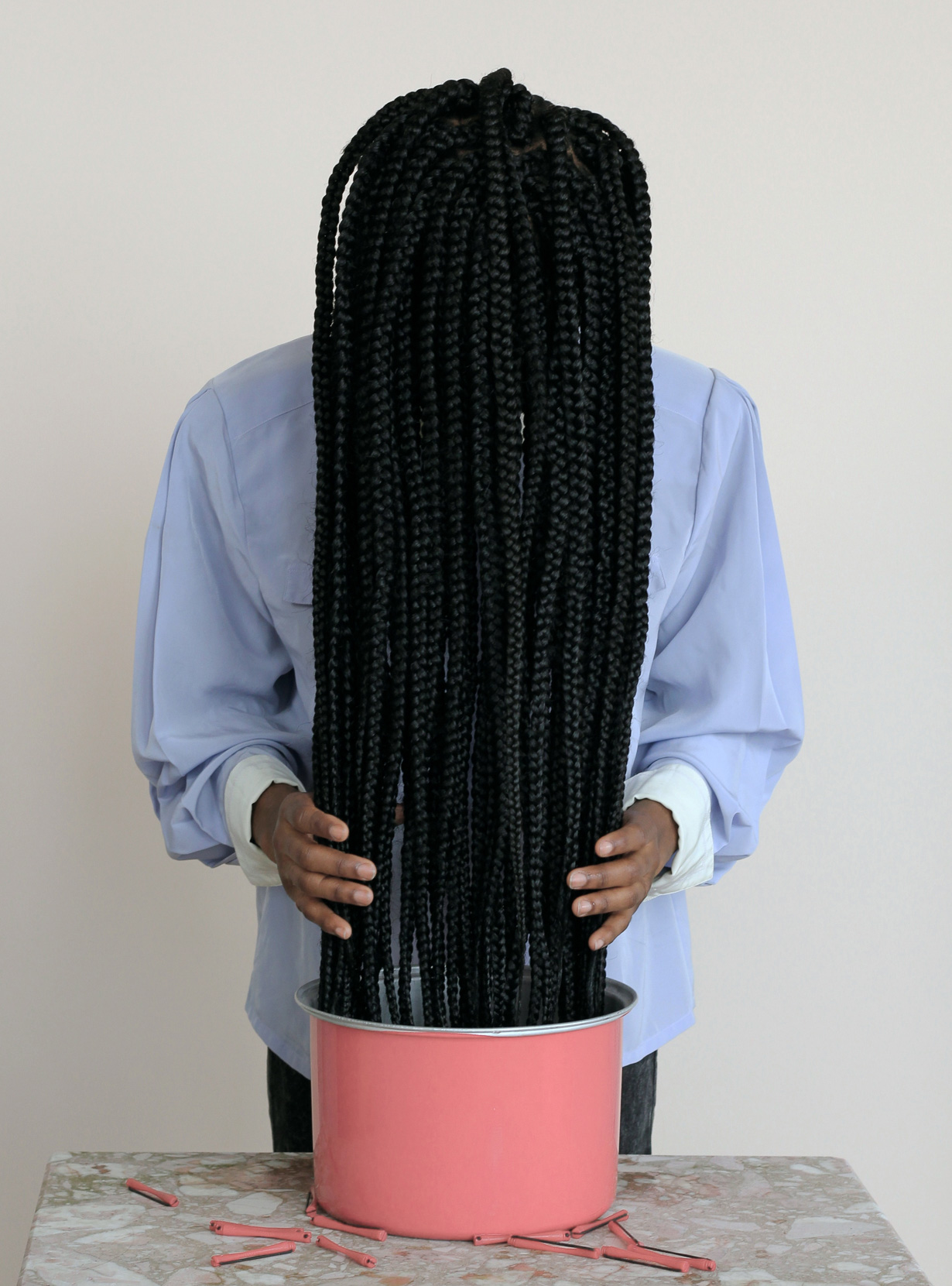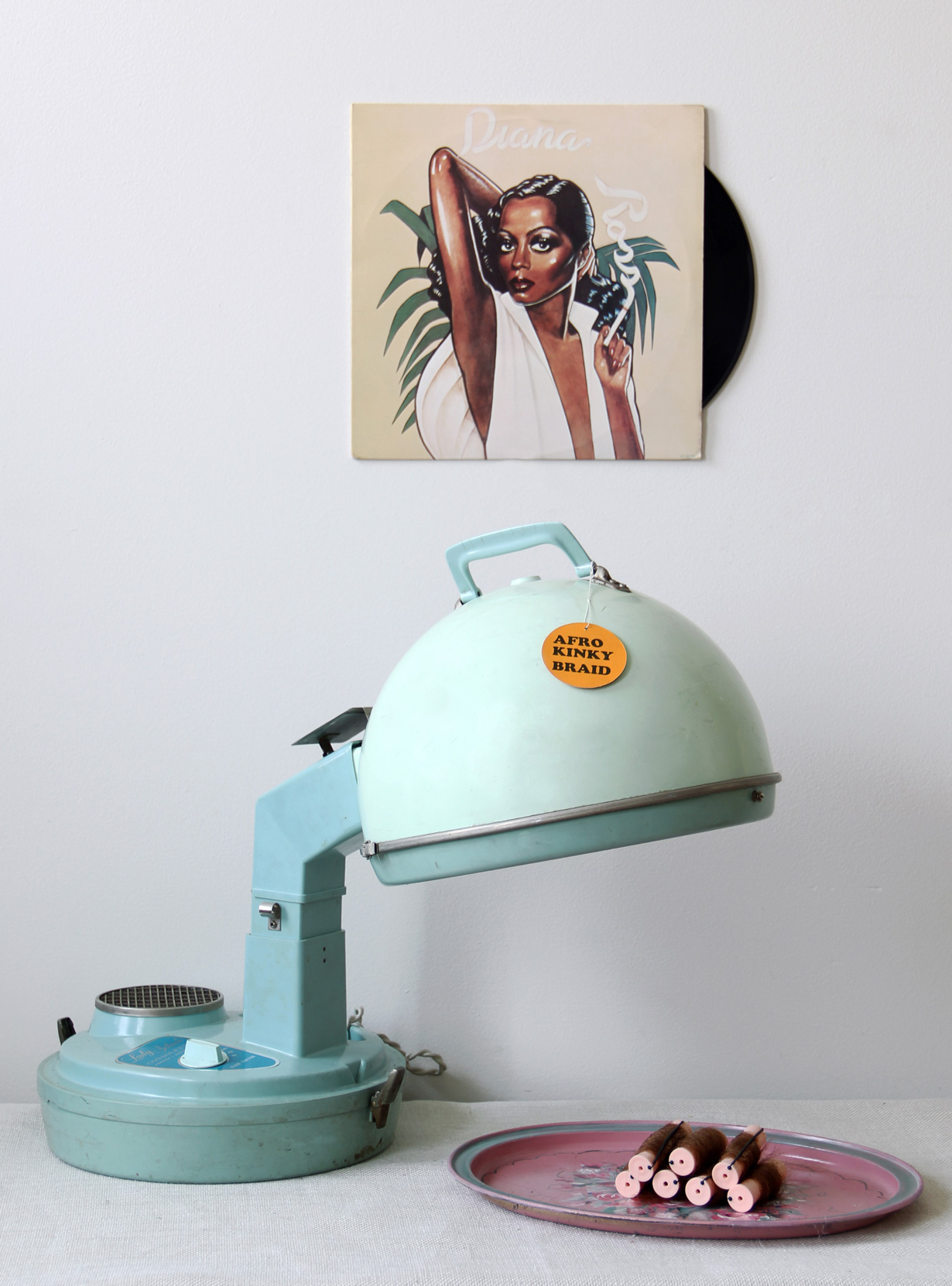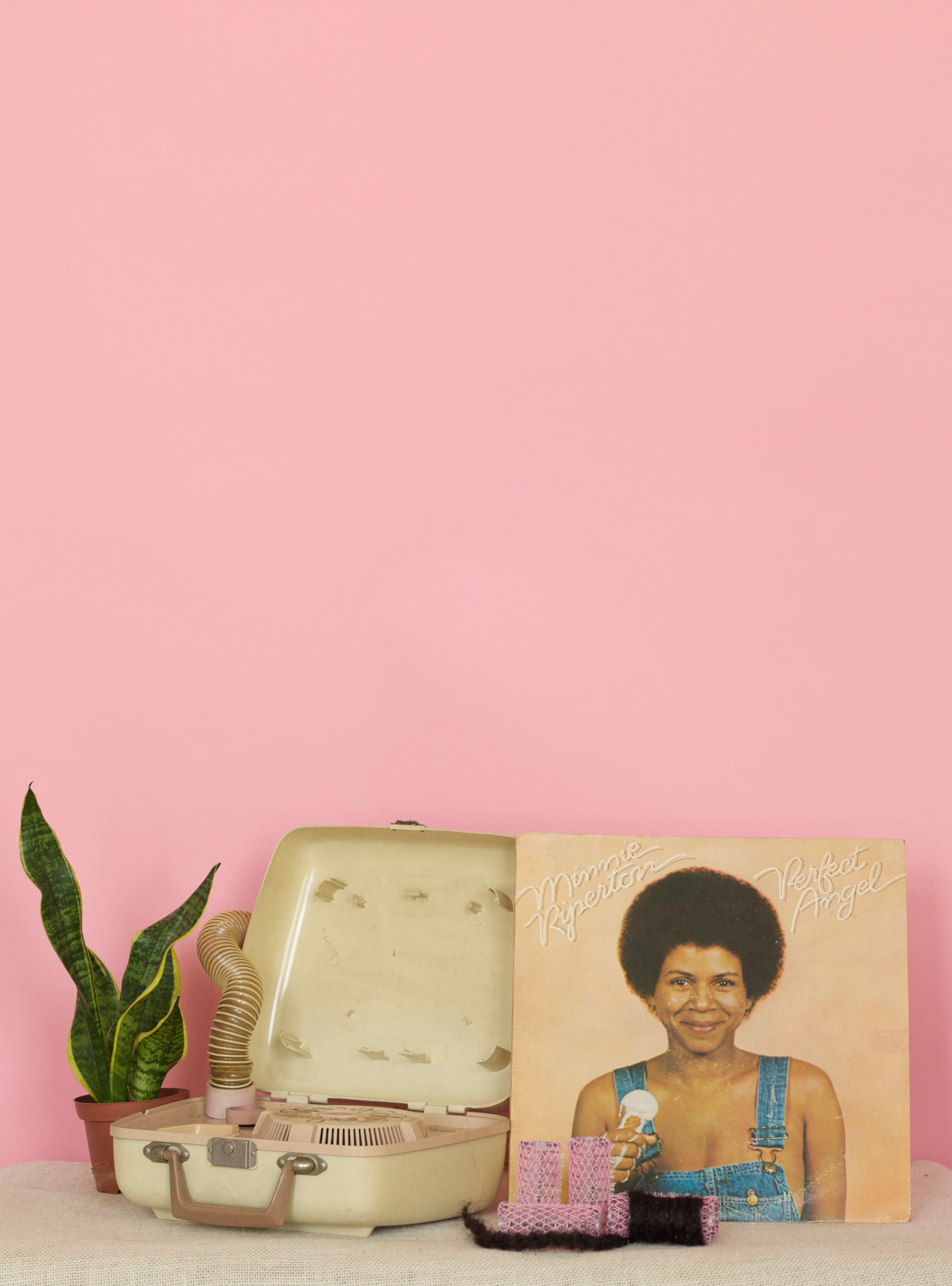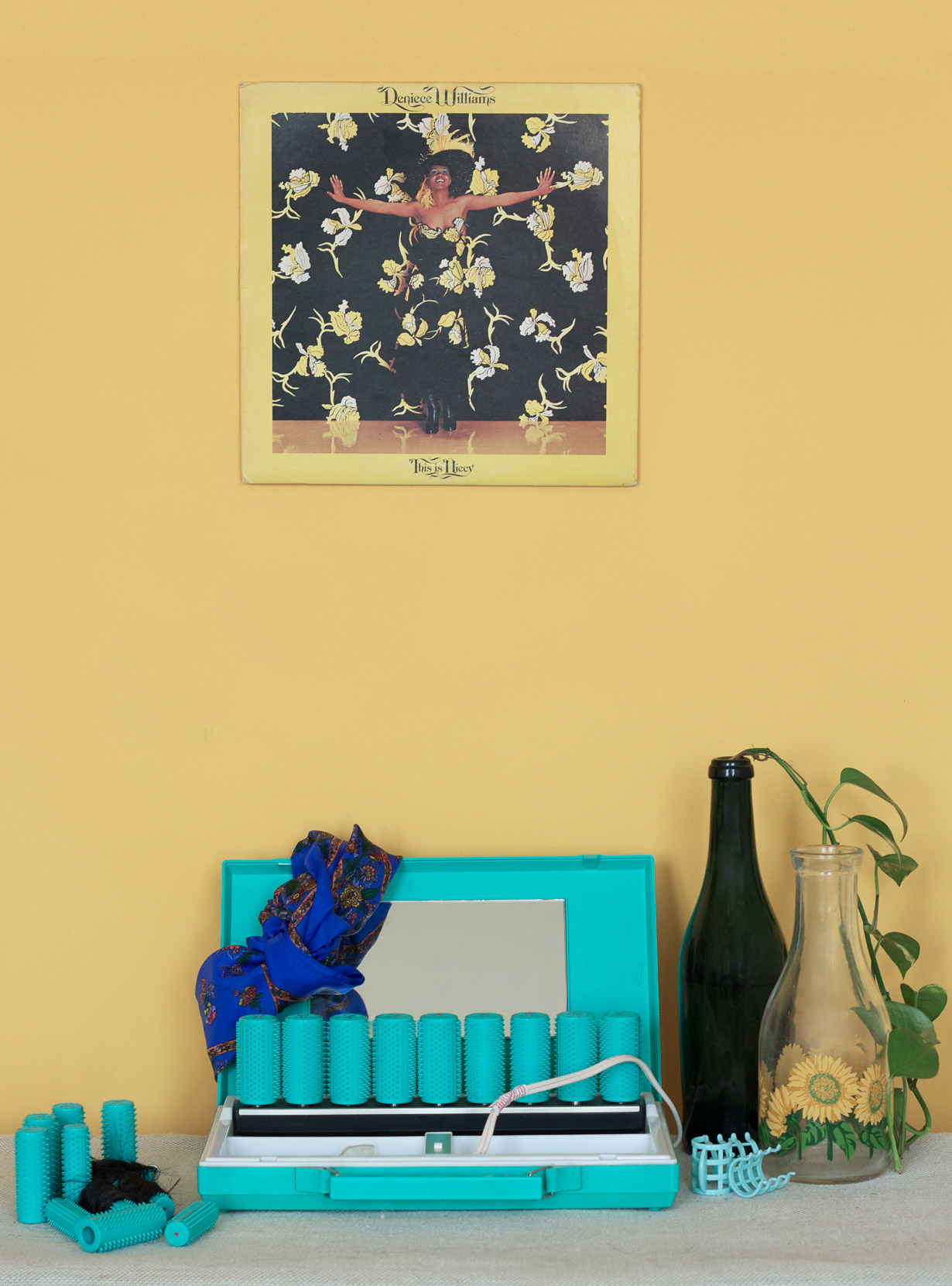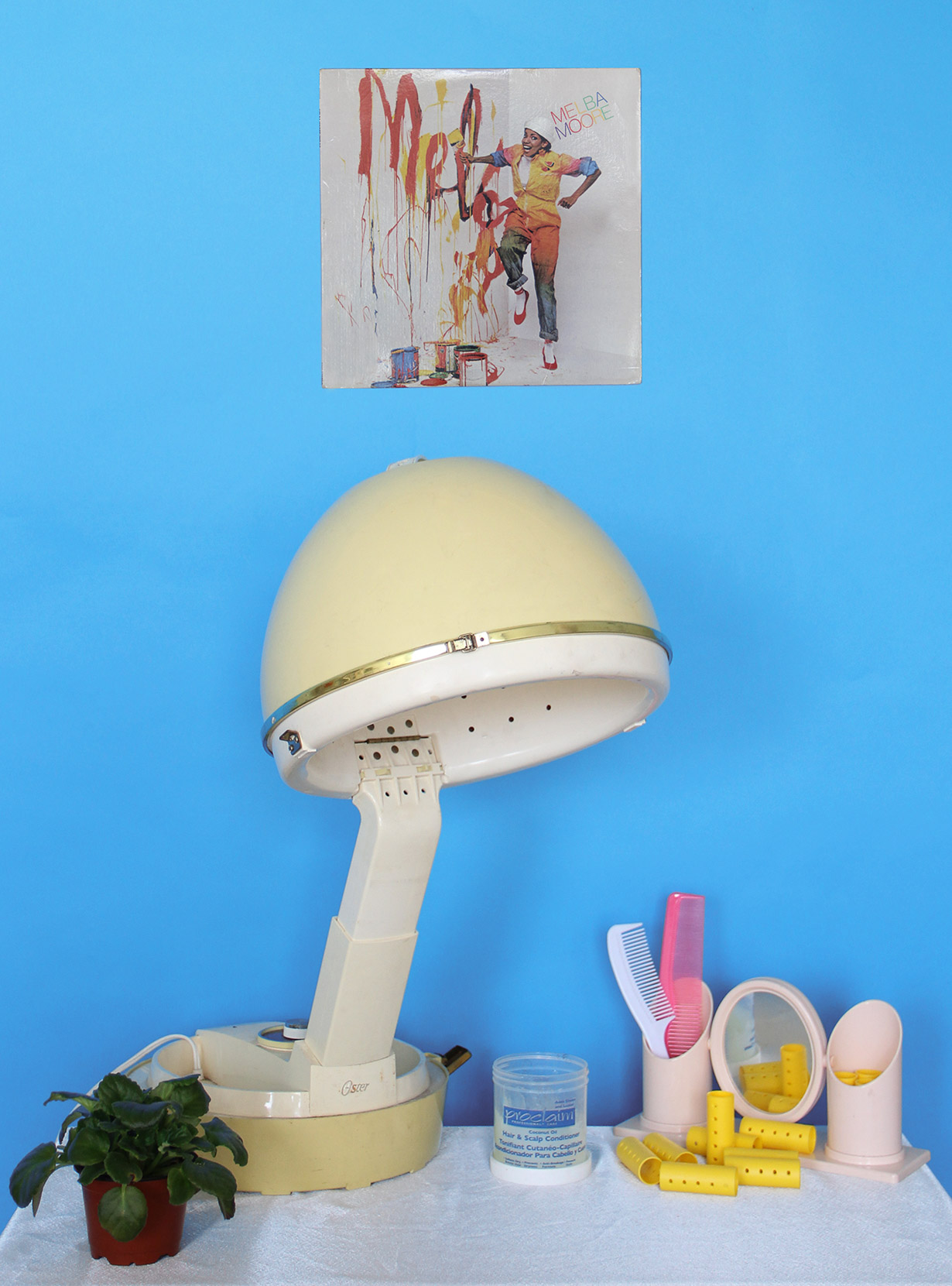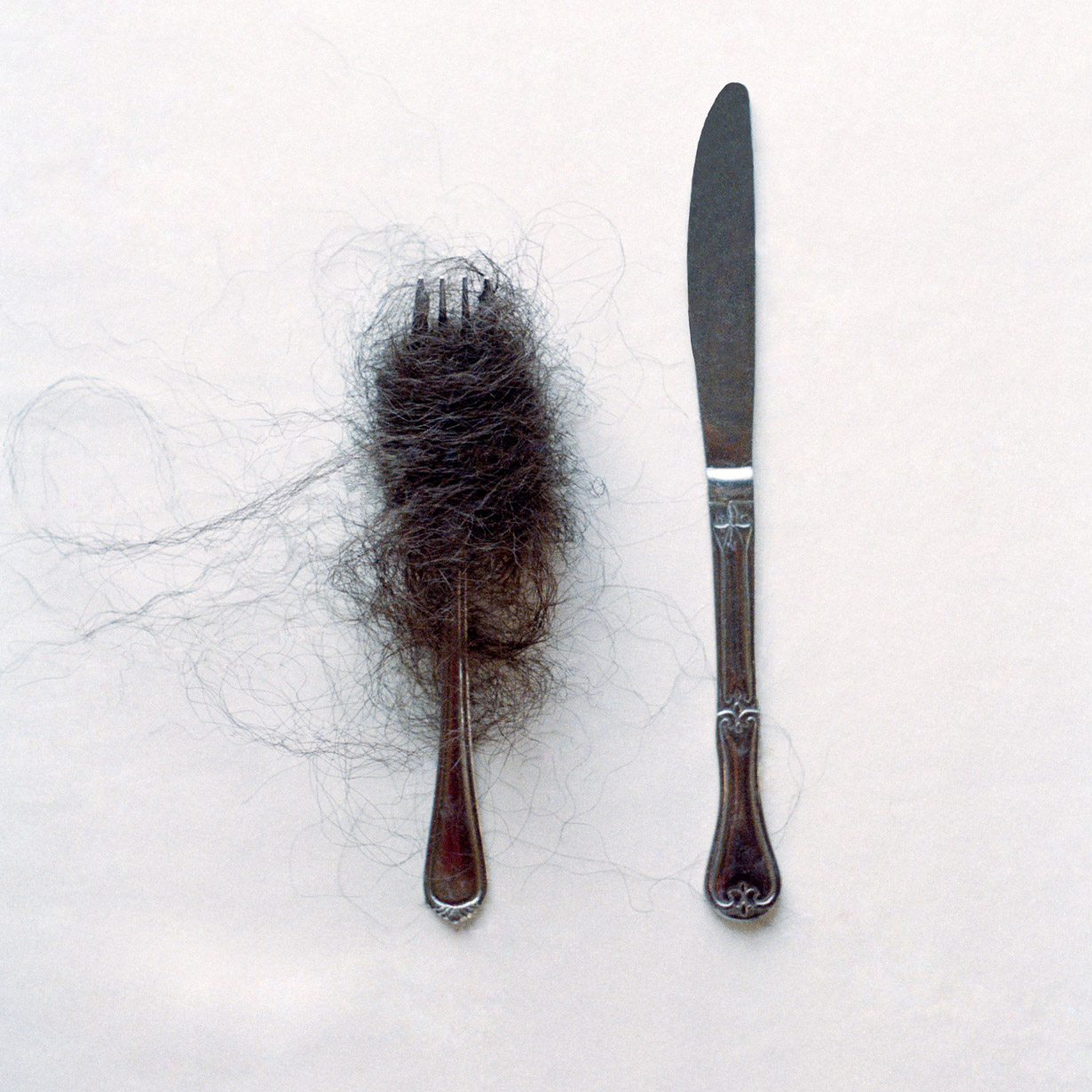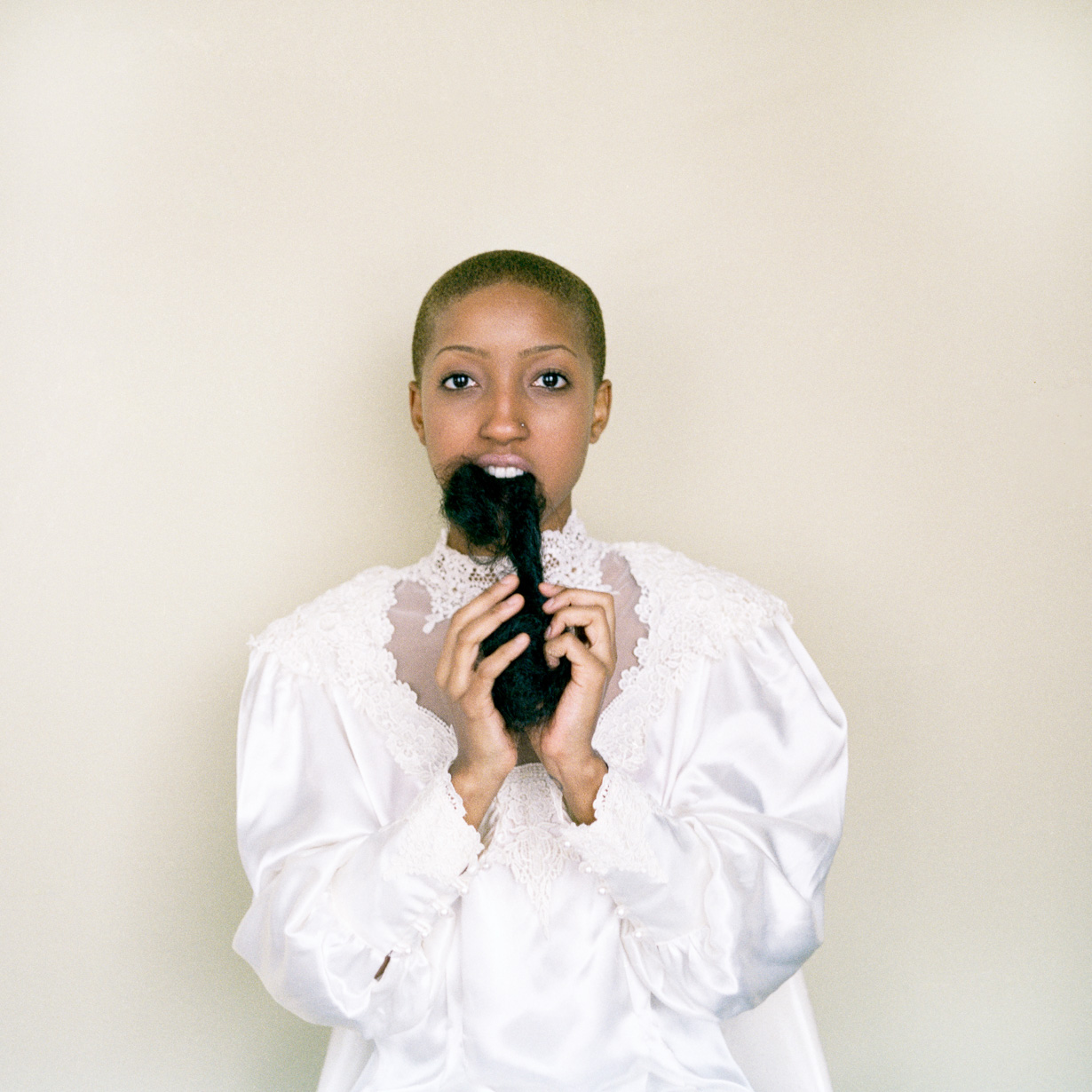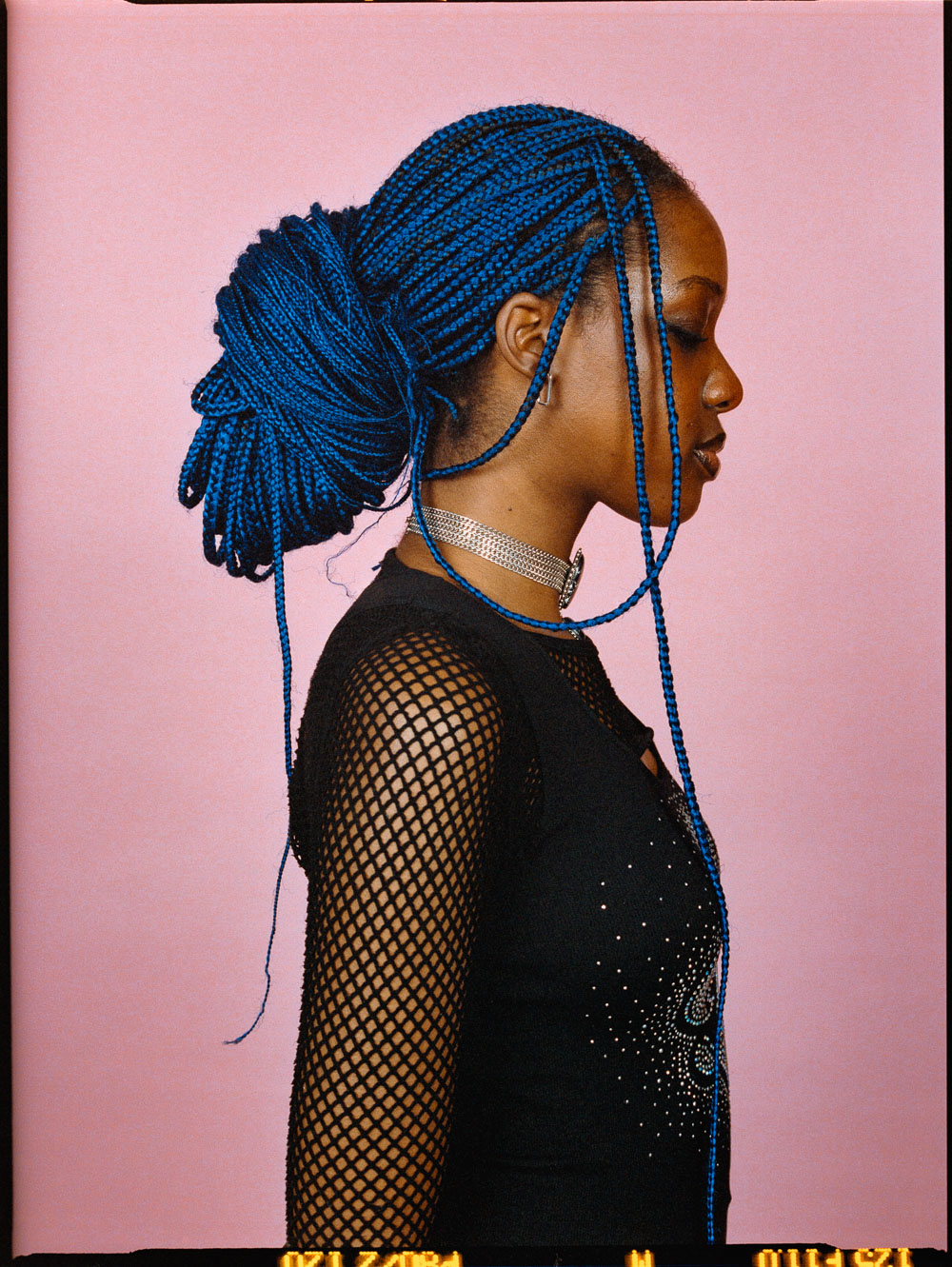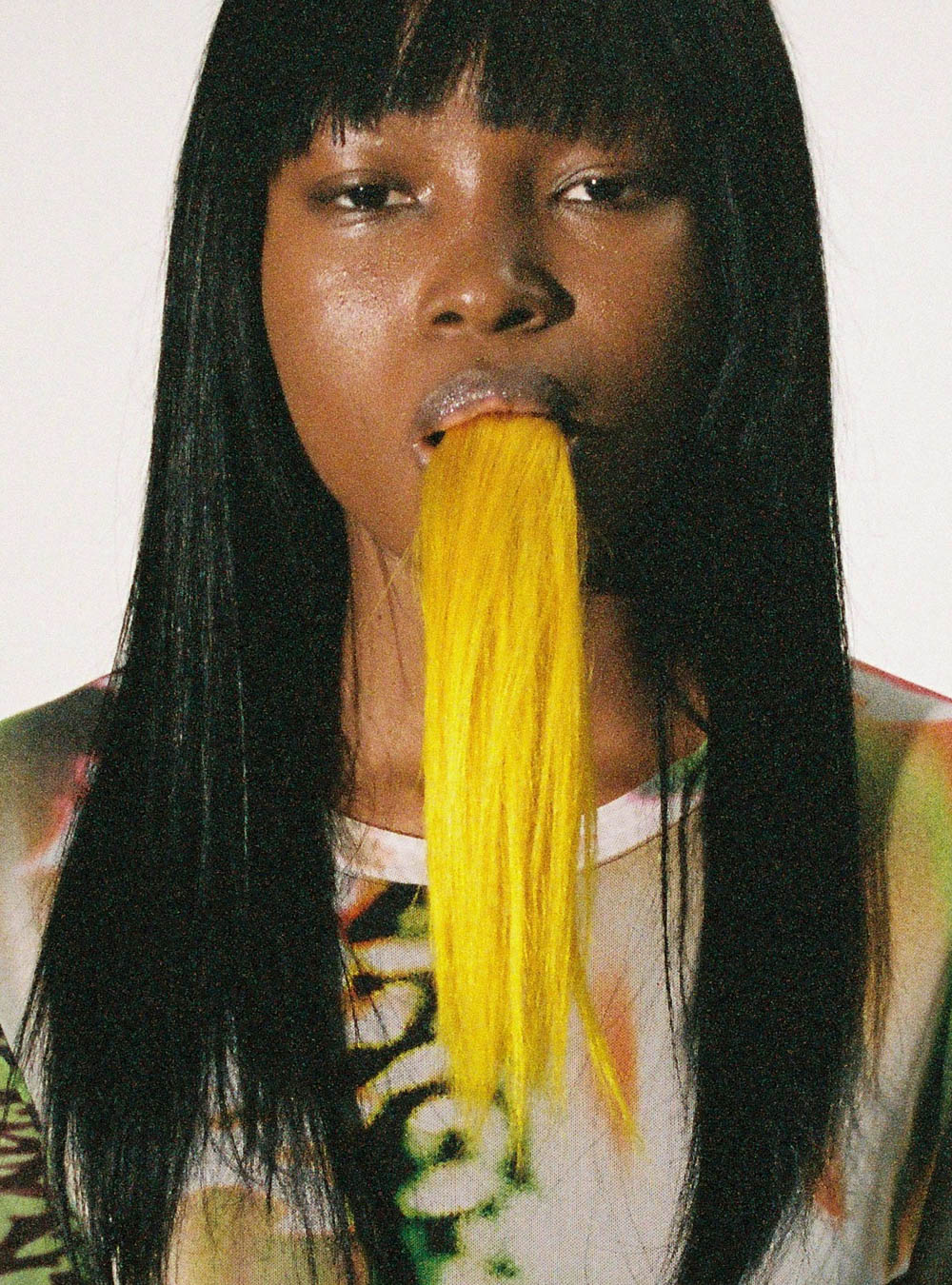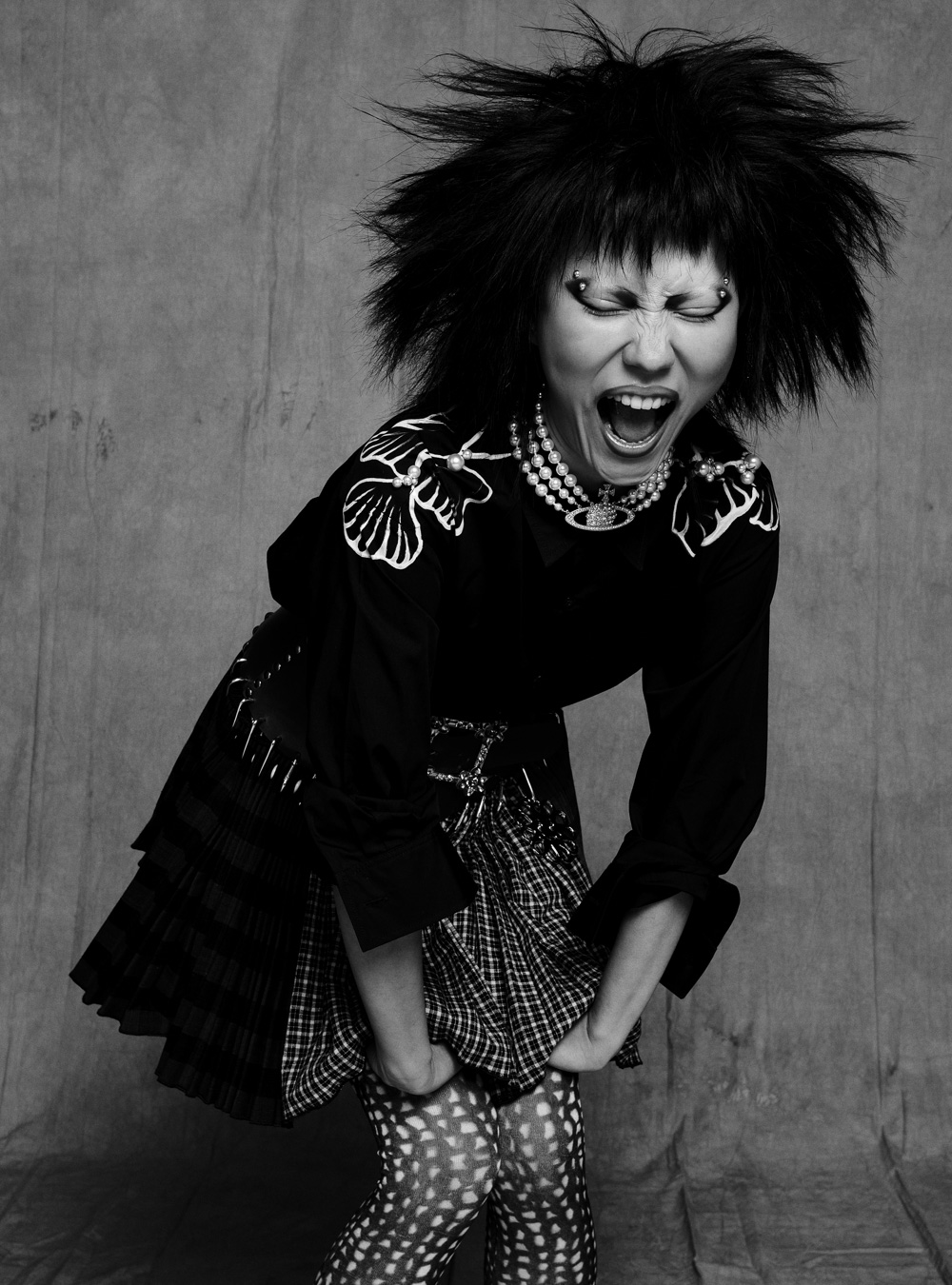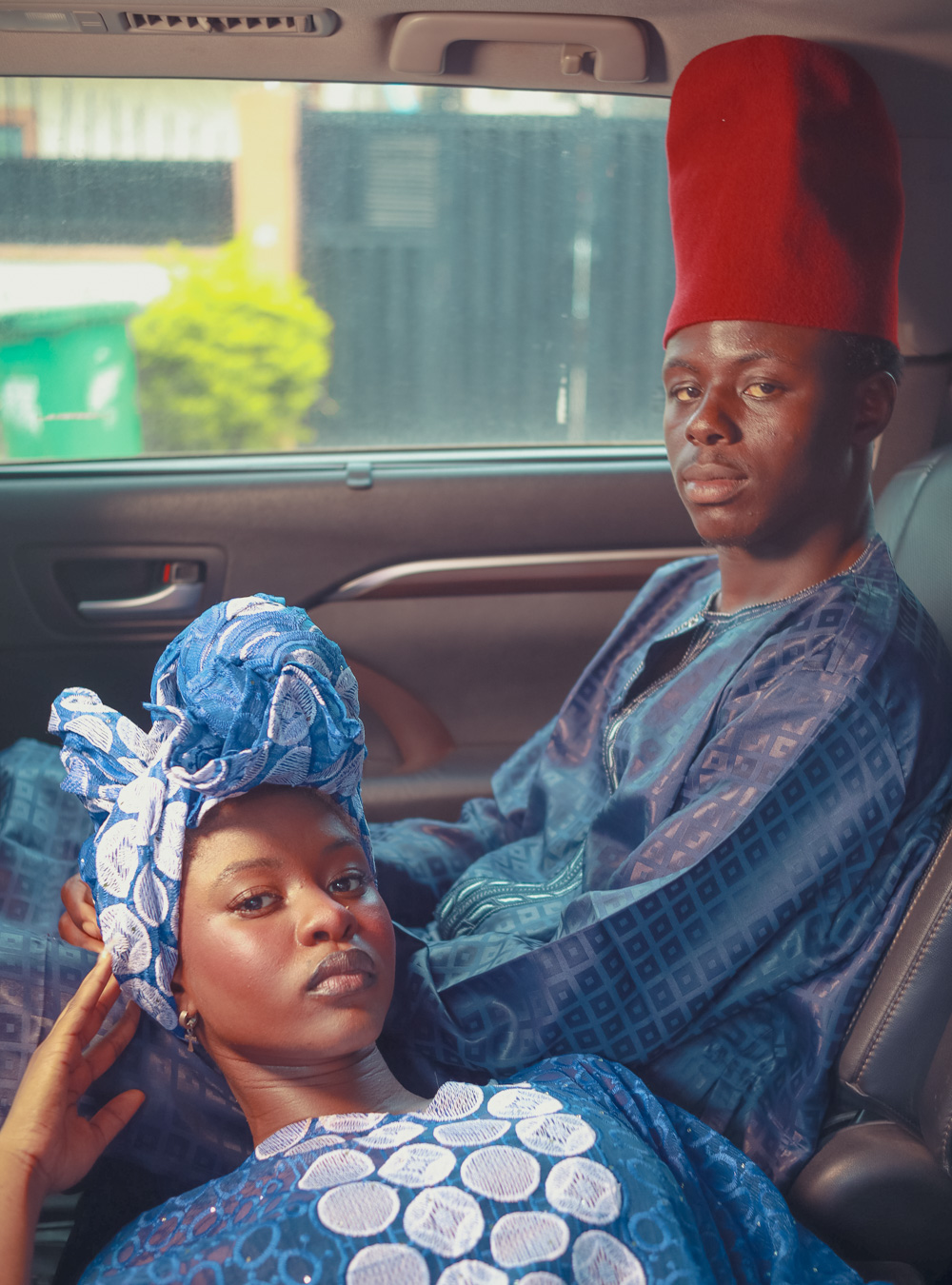- Hair Stories Untold
- Hair Stories Untold
- Hair Stories Untold
ART + CULTURE: Photographer Nakeya Brown on the politics of hair
Images: Nakeya Brown
Interview: Emma de Clercq
Nakeya Brown explores the way that Western ideals of beauty and femininity have manifested themselves in African-American hair culture. The photographer explains, “during the turn of the 20th century, we internalised the idea that straightened hair was crucial to attaining beauty, social mobility, and economic prosperity. It resulted in African-Americans inventing various ways to manipulate our hair to mimic straightened types.” We spoke to her about how she uses hair in her imagery to highlight and challenge society’s definitions of beauty.
Can you tell us a bit about yourself and your practice? I studied both photography and journalism at Rutgers University in New Jersey. It was during that time that I really started to use photography as a tool to explore African-American experiences. Early on I was more invested in documentary photography and capturing the nature of things, the essence of people, without the insertion of my own personal experiences.
What first drew you to using hair to explore this subject matter? Going natural and becoming a mother drew me to exploring hair creatively within my work. These experiences created room for critical reflection on beauty, how it’s defined, negotiated and visualised, in my community and outside of it. In my work hair symbolises experiences grounded in blackness and womanhood. We have a relationship with hair that both enables and extracts a sense of beauty. America has a history of setting beauty standards relative to whiteness. My work is significant because it attempts to negotiate new meanings and representations from our collective memories.
Do you have a favourite image from the series? I’m drawn to Kanekalon on a Fork, showing a fork and knife set against a white cloth. The hair twirled in between the teeth of the fork reminds me of the hair that is often caught between the teeth of combs. Kanekalon hair is a synthetic, fibrous material imported from countries such as China and India, but has been adapted into black culture. In this instance the hair is meant to represent the ways in which we consume soft and silky hair within the canon of beauty that defines African-American physicality. During the turn of the 20th century, we internalised the idea that straightened hair was crucial to attaining beauty, social mobility, and economic prosperity. It resulted in African-Americans inventing various ways to manipulate our hair to mimic straightened types. This picture couples table etiquette with straight hair, and only straight hair, to reveal society’s narrow definition of appropriate appearance and beauty.
- ANTHROPOLOGY OF HAIR
- ANTHROPOLOGY OF HAIR
- ANTHROPOLOGY OF HAIR
- ANTHROPOLOGY OF HAIR
- ANTHROPOLOGY OF HAIR
